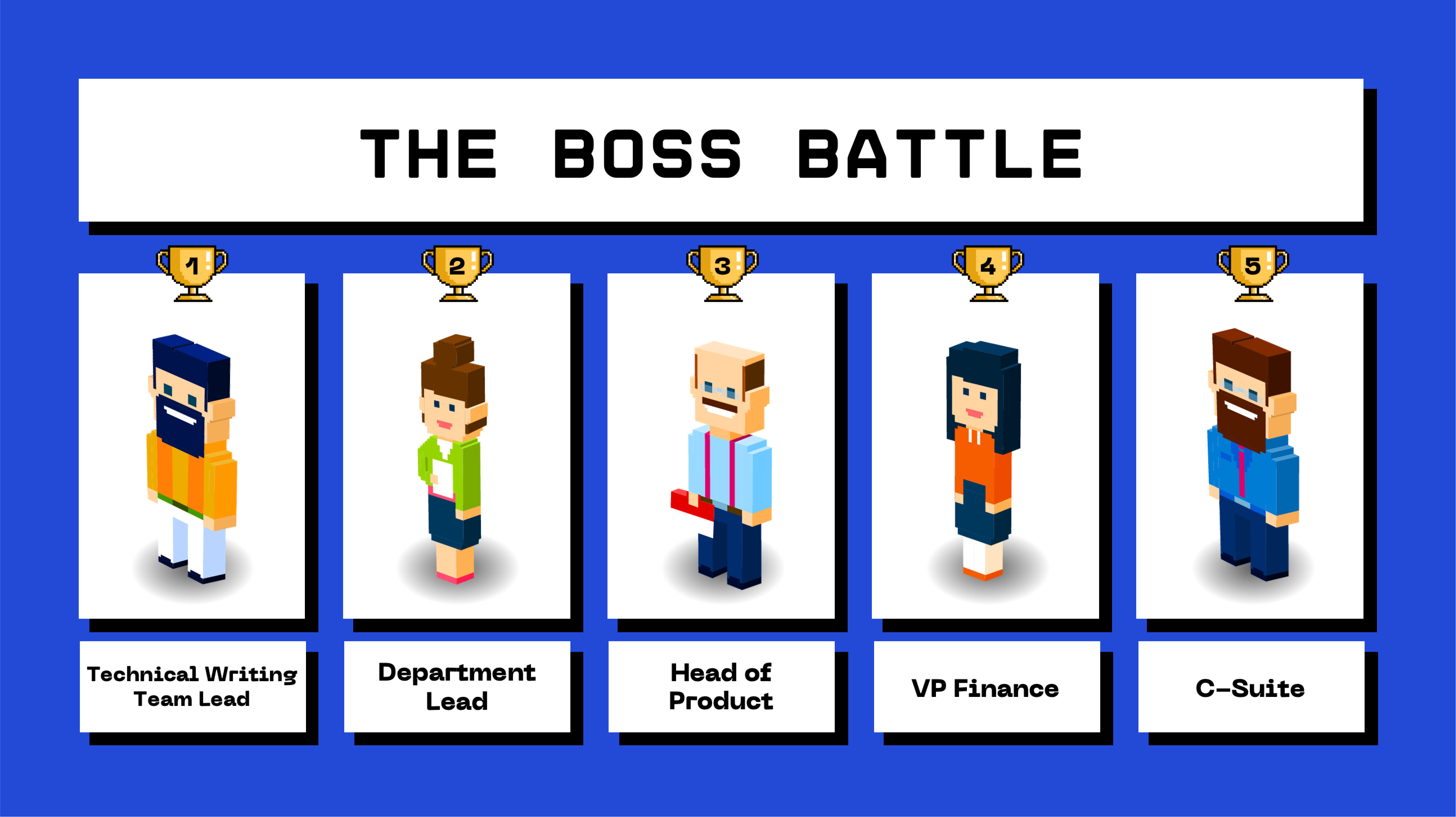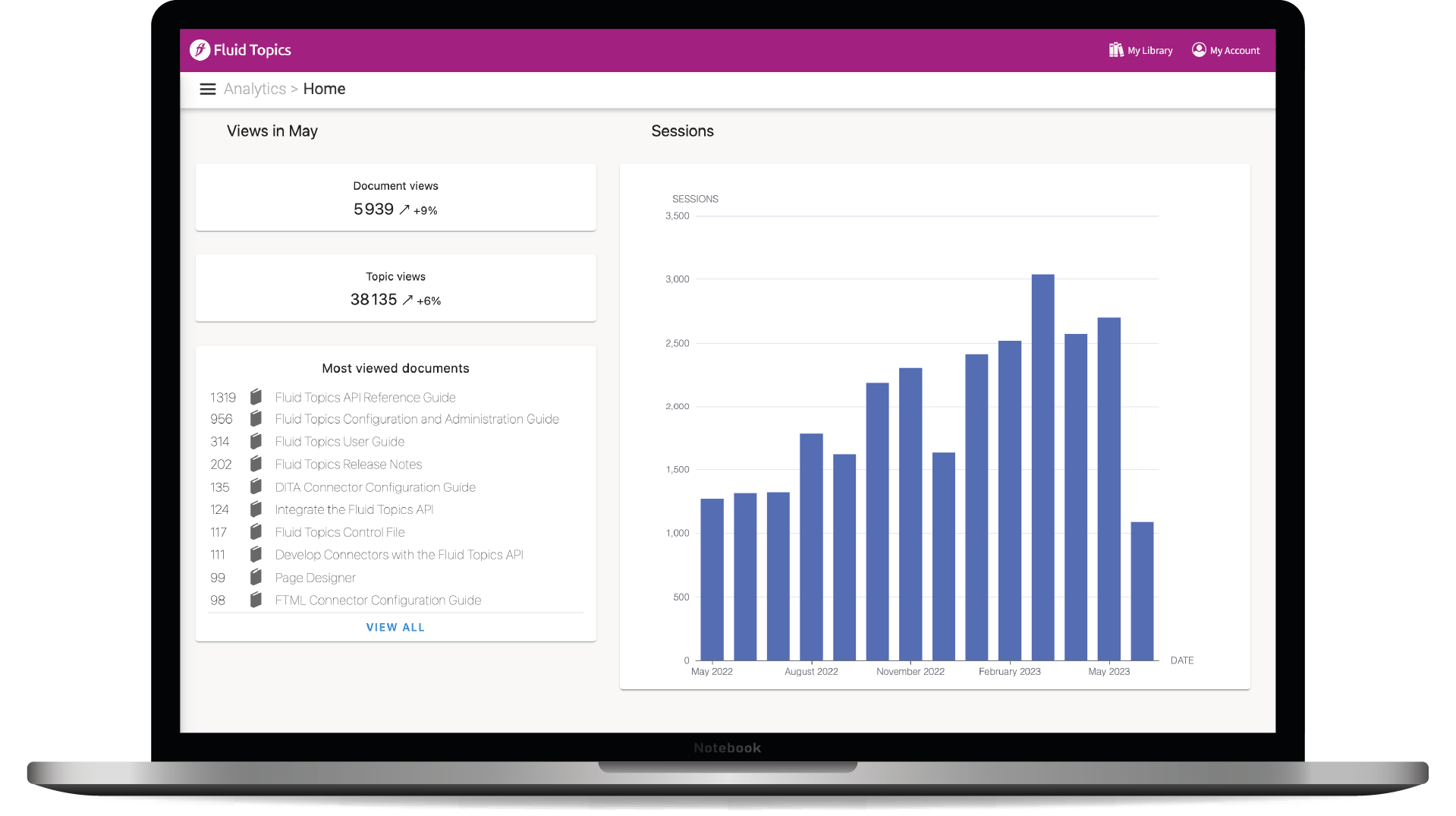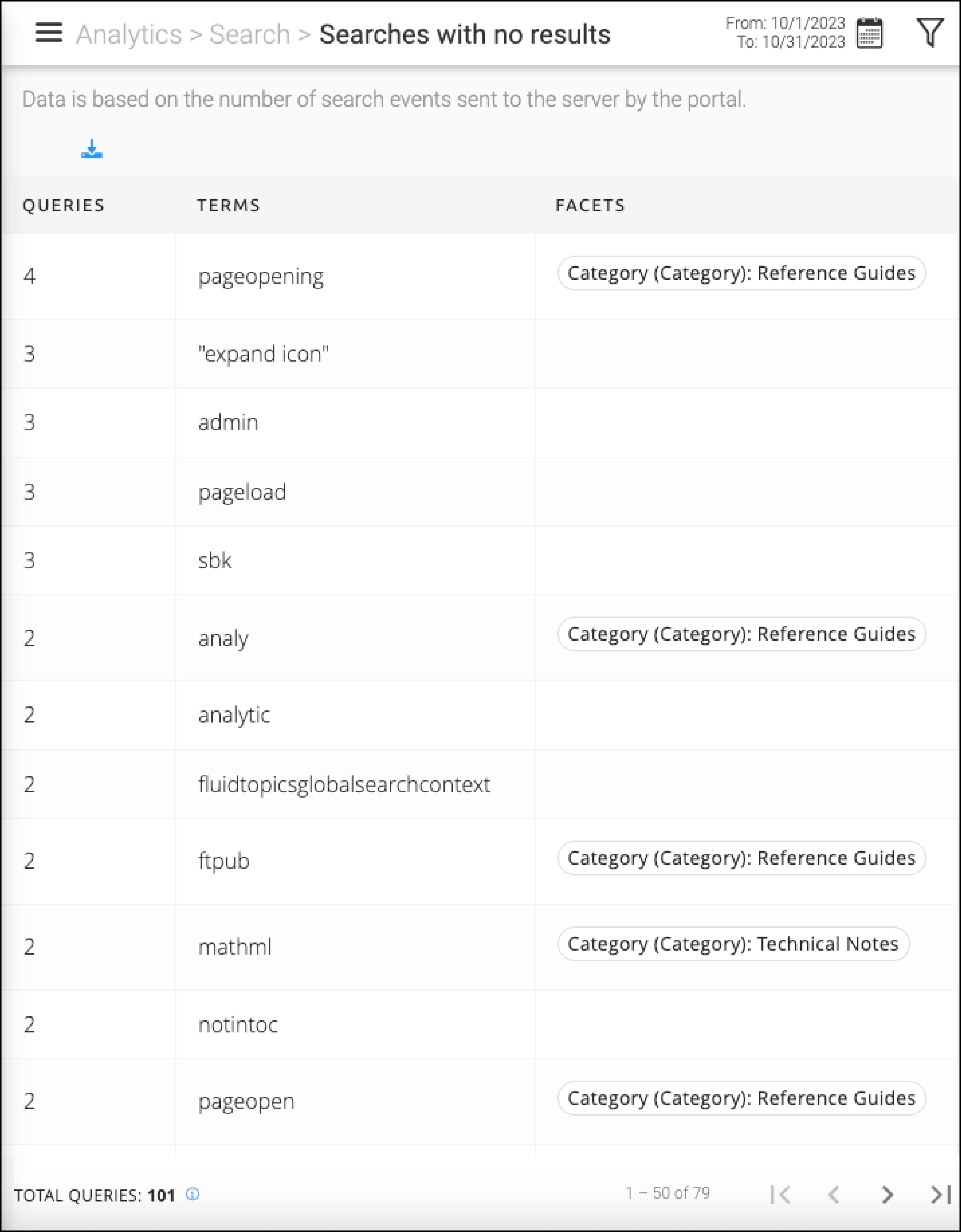Josh Anderson, Information Architect at Paligo, recently joined Fluid Topics’ CEO Fabrice Lacroix for a one-hour webinar at Technology Days 2023. The pair discussed “Migration Myths: Faster, Easier and more Fun(!) Than You Think”, or how to move to modern content strategies smoothly and get immediate benefits!
Content modernization projects involve adopting structured writing and moving to content delivery that is adapted to the digital channels in use and the new pace of content updates. Although critical for the effectiveness and performance of the organization, these projects can be large in scope. They are quite demanding, whether in terms of new tools, change management, or content migrations, and organizations are often afraid of the disruption they may create against the benefits they may bring.
What’s more, while most of the time your colleagues understand the need to find new, more modern ways of writing, managing and delivering content, convincing those around you (and your management) to go through with it is another story.Broken down in the form of boss battles – one for each role in the company – Josh and Fabrice looked together at effective strategies for convincing each stakeholder to support the migration project and make it a success.
They went stage-by-stage to show you how to convince those you work with in your company, starting with the Technical Writing Lead. They highlighted which questions they’re likely toask, and how to respond to them to get them to support you in this transformation process. Let’s look at each of them now.

#1. Technical Writing Lead
For this boss, Josh shared that you’ll probably encounter some pushback in the form of “my writers don’t want to use a new system/tool, etc.”. Indeed, they are already comfortable with their current systems and don’t see the need to rock the boat. Authoring tools for structured content, particularly CCMSes, can have the reputation of being difficult to learn and use. So how do you respond?
There are a few different strategies here. First, you need to show how you can actually offer a better authoring experience thanks to a CCMS. Indeed, gone are the days of cumbersome, overly complex, and difficult to use systems. Today, some tools offer a greatly simplified authoring experience, with streamlined workflows and easy to grasp user interfaces. Paligo, for example, allows you to create structured content in a tool resembling MS Word.
It’s also important to choose a solution that offers readily available support teams, extensive documentation, and tutorials in case you do get stuck. That way the Technical Writing Lead can rest easy in the knowledge that help is only a few clicks away.
Your team lead still has doubts? Trial the new system for a week and demonstrate the results! What better way to get them on your side?
Dedicated Content Analytics
Another option to consider is content analytics provided by a Content Delivery Platform (CDP).
What’s a CDP?
CDPs specialized in technical documentation like Fluid Topics collect all the documentation owned by an organization (no matter the initial source and format), restructure and unify it, and distribute the relevant content to all endpoints (product websites, documentation portals, community sites, etc.), devices, and applications, in-context with the users’ needs and environment.
CDPs control the queries and display of content, meaning you can track any user interaction: what users search, where they click in a document, what they open, how they navigate through a topic or guide, where the bookmark content for later review, etc. These next-generation analytics provide information down to the topic level – whether the content was first structured or not – on exactly what is searched, read, and for how long.
What’s more, as they understand metadata and content structure, they can display contextualized and synthesized information in easy-to-understand dashboards. You can then access a whole host of benefits:
Prioritize content work
First, they can help you identify the most used content and prioritize your writing work thanks to metrics such as « most searched terms » or « most read topics » or documents. As documentation teams tend to be flooded with requests for either new content, updates to existing content, or fixes, these can prove essential. You can also take a look at the least read content to see which topics are of less interest to users.
Better documentation
The reading time metric a CDP such as Fluid Topics can offer can also be very helpful. This can give you a clear indication of when users are spending too much time on a particular area either because the documentation needs improving or the product itself. Put simply, if you see a user is spending 8 minutes on a topic that should only take 2 minutes to read, you know you may have some usability issues.
Identify content gaps
They can allow you to identify content gaps by providing valuable information on search thanks to the “Searches with no results” metric. This displays the searches left unanswered and helps tech doc teams find out what’s missing in the documentation. You can then either improve existing copy or write new documents to fill the content gap.
Improve content findability
A last benefit that can be game-changing for your tech doc concerns how it’s found. As a tech writer, you would probably love to learn how your users search and navigate. Dedicated content analytics offer just that, allowing you to see exactly what keywords they’re using to find your documentation. The words they are searching with are different from those used in the content? Then simply enrich your metadata and taxonomy, add synonyms, etc., to improve its findability.
Conclusion
It’s clear then that while web analytics have their uses (especially for marketing websites) they don’t understand the structure of tech doc to be able to offer valuable metrics on its use. A CDP such as Fluid Topics can capture all user interactions to the finest level and then present these insights in simple to understand dashboards. You can then focus on optimizing your content’s quality and usability.
For a more in-depth view of all things analytics, check out our latest white paper.
Latest post






